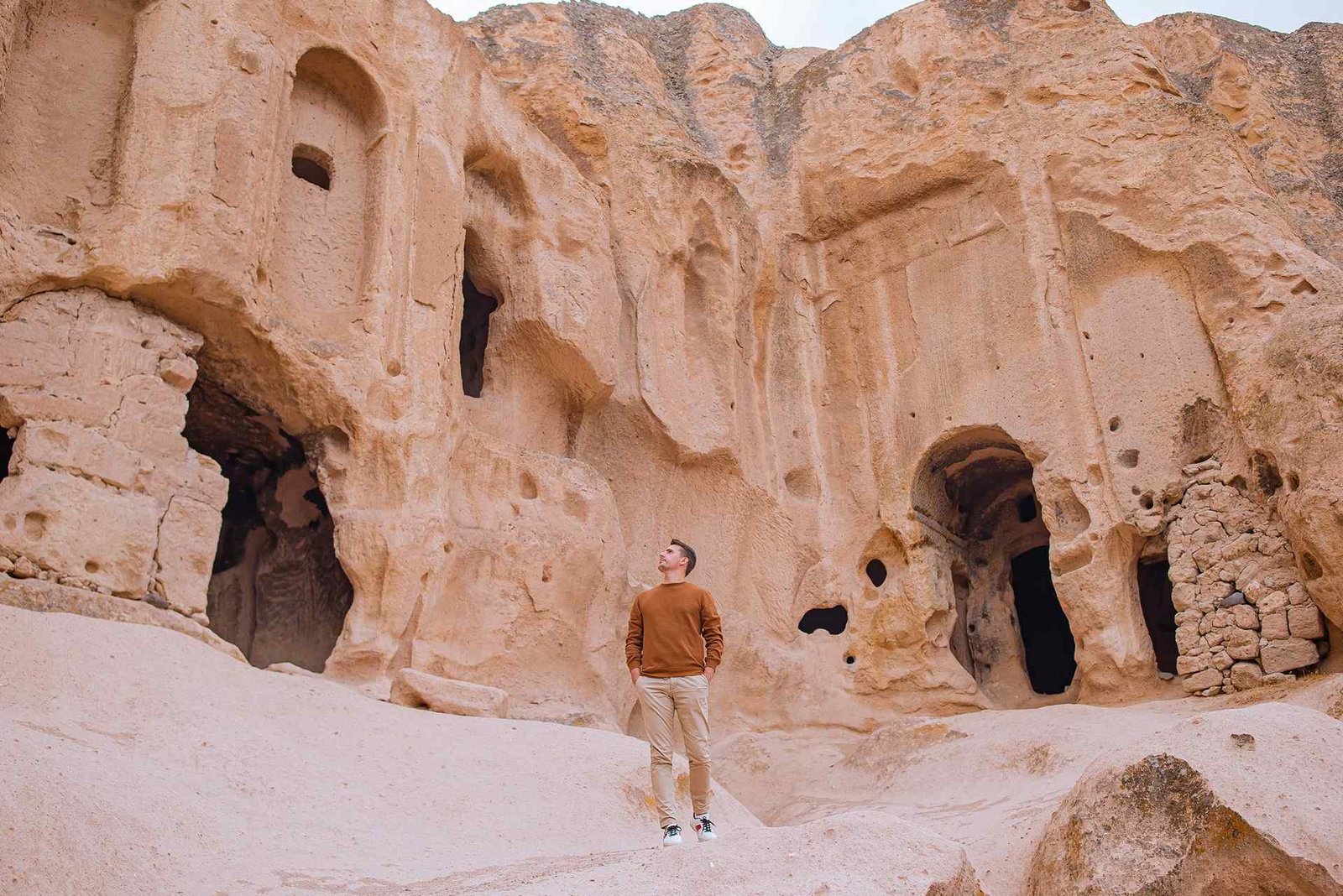Uchisar, a charming village located in the heart of Cappadocia, is known for its stunning panoramic views and unique rock formations. However, beyond its natural beauty, Uchisar also has a rich history and architectural legacy that reflects the influence of various civilizations that have inhabited the region throughout the centuries.
The earliest known inhabitants of the area were the Hittites, who established a thriving civilization in Anatolia around 2000 BC. The Hittites built impressive fortresses and temples, including the famous Hattusa, which was the capital of their empire. Many of the rock formations in Uchisar are believed to have served as natural fortresses for the Hittites, offering them protection from invaders.
After the Hittites, the region was conquered by various empires, including the Persians, Alexander the Great, and the Romans. During the Byzantine period, Uchisar became an important religious center, with numerous churches and monasteries built into the rock formations. Many of these churches, including the Church of St. John the Baptist and the Church of St. George, are still standing today and can be visited by tourists.
In the 11th century, the Seljuk Turks arrived in Anatolia and established their own empire. They left their mark on Uchisar by building the Uchisar Castle, which is the largest and highest rock fortress in Cappadocia. The castle served as a stronghold for the Seljuks, offering them a strategic position to defend against invading forces.
In the 13th century, the Mongols invaded Anatolia, and the region was eventually incorporated into the Ottoman Empire in the 16th century. During this period, many of the rock formations in Uchisar were used as homes and storage facilities, and some were even converted into underground cities to protect inhabitants from invading forces.
Today, Uchisar’s unique architecture and rich history can still be seen in the village’s buildings and structures. The Uchisar Castle, in particular, is a testament to the region’s past and offers visitors stunning views of the surrounding landscape. The village’s churches and monasteries are also a must-see for those interested in the area’s religious history.
In conclusion, Uchisar’s history and architecture offer visitors a glimpse into the many civilizations that have shaped the region over the centuries. From the Hittites to the Ottomans, Uchisar’s cultural legacy is a testament to the enduring influence of Anatolian civilization.




